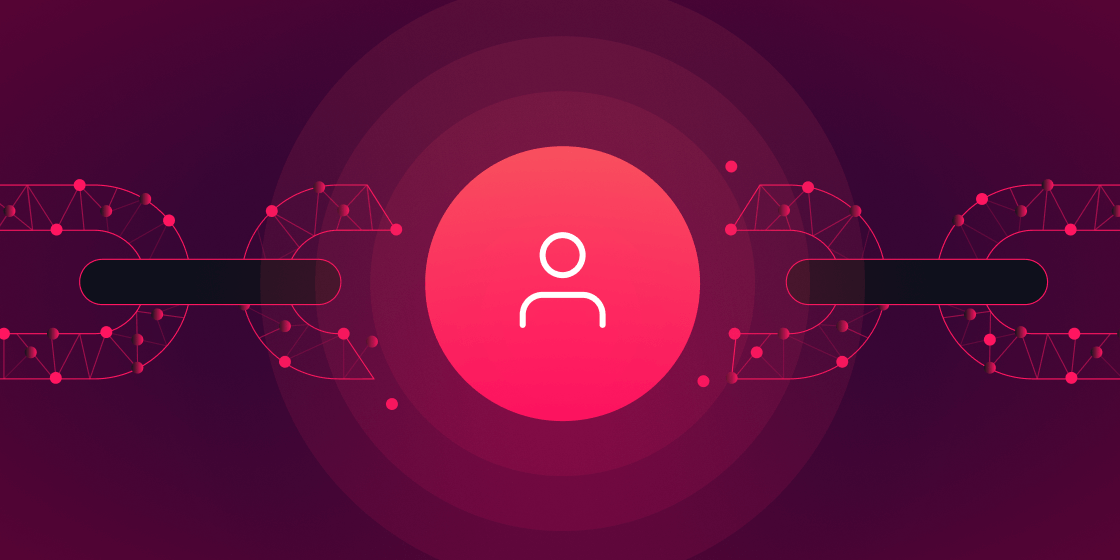
Security operations remains a difficult problem for security leaders to solve. The nature of threats is constantly changing, making it difficult to stay ahead of potential attacks. On one hand, the attack surface to protect is constantly growing, which spawns new detection tools and the volume of security alerts coming out of those tools is reaching untenable levels. On the other hand the pool of talent available with the skills necessary to perform effective triage, investigation, and remediation is at an all time low. This leaves leaders looking to build security operations programs with two options, struggle to build an in-house SOC or outsource to an MDR. Unfortunately both options depend on the same factor, which may be their achilles heel: humans.
Humans are still valuable in security operations, but advances in technology like machine learning and AI can help to automate many of the tedious and repetitive tasks, such as alert triage, incident investigation, as well as some time sensitive tasks like containment and response. This will allow security analysts to focus on higher value initiatives, such as threat hunting, incident response planning, and security strategy development. By using technology to take care of the routine tasks, security teams can become more efficient and effective, while also freeing up resources for more advanced security initiatives.
5 Reasons Humans may be the Weakest Link in SecOps
Human beings are often considered the weakest link in security operations for several reasons. Here are five key reasons why this is the case:
- Hiring and Retaining Experienced Analysts is Hard – Recruiting and retaining experienced security analysts is a significant challenge. It is hard to find qualified candidates who have the right combination of technical skills, experience, and knowledge. Even when you do find someone who fits the bill, they may not stay in the role for very long. This means that it is difficult to have enough capacity to handle all of the security incidents that arise.
- Prone to Error – Humans are inherently error-prone— because they are human and get tired, distracted, fatigued, etc.—especially when compared to software. We all make mistakes, and security analysts are no exception. Even the most experienced and well-trained analysts can make mistakes that can lead to security breaches.
- Varying Skill Levels – Security analysts come from different backgrounds and have varying levels of skill and institutional knowledge. This means that when it comes to triaging, investigating, containing, and remediating security incidents, the quality of the work can be inconsistent.
- Fatigue or Loss of Interest – Security analysts are human, and like all of us, they can get tired and lose interest in tasks. When faced with a huge, overwhelming task like triaging hundreds or thousands of security alerts, it is easy for an analyst to become disengaged and less effective.
- Expenses – The cost of hiring and retaining experienced security analysts is high. The cost of training and developing new analysts is also significant. This can make it difficult for organizations to afford the number of analysts they need to keep their systems secure.
An Autonomous Path Forward
A better solution to these issues would be to build an autonomous security operations platform using machine learning and AI. This can help to automate many of the tasks that analysts currently perform, such as triaging and investigating security incidents, as well as containing and remediating threats. This automation can improve consistency, coverage (e.g. how many of the total security alerts received are actually triaged), and accuracy, while also reducing the workload on analysts.
An autonomous SecOps platform automates security operations by continually learning about an organization’s security and IT environment in order to gain institutional knowledge and situational context. It then employs an autonomous decision-making engine to emulate the processes used by a seasoned security analyst. Based on the security alert to triage or the output of the last question, the system decides what question it needs to answer next to progress the triage or investigation. This process continues until an alert is deemed to be malicious or benign or an investigation has uncovered the full scope of an incident including all involved identities, data objects, applications, devices, and more. This software-based approach to security operations radically reduces the time and cost of performing security operations, thus freeing up resources for other initiatives.
In conclusion, human beings are often considered the weakest link in security operations due to their inherent error-prone nature, varying skill levels, finite energy or interest in tasks, and expensive cost. An autonomous security operations program or autonomous SecOps platform using machine learning and AI can help to address these issues, by providing a consistent, accurate, and efficient way of triaging and investigating security incidents.
Radiant Security is one such solution that can be quickly deployed and provides immediate value to organizations by reducing analyst workloads by as much as 95%.
Want to learn more?
Visit us at https://www.radiantsecurity.ai.
Back



